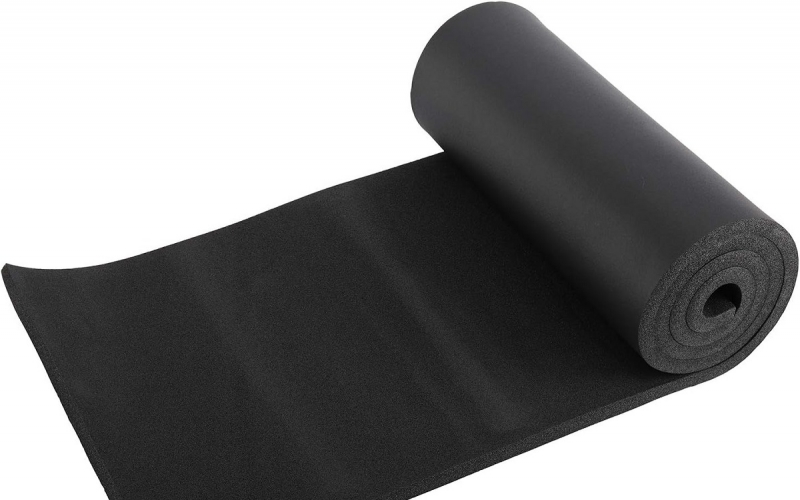Discover how EPDM foam revolutionizes automotive engineering with superior sealing, vibration control, and thermal management solutions. Explore 5 critical applications in modern vehicles.
As automotive manufacturers prioritize durability and energy efficiency, EPDM (ethylene propylene diene monomer) foam emerges as a game-changing material. With its unique closed-cell structure and exceptional weather resistance, this synthetic rubber is transforming vehicle design across 5 critical application areas.
1. Advanced Sealing Solutions
EPDM foam seals outperform traditional rubber in:
• Weatherstrip manufacturing (door/window seals)
• Headlight and taillight gaskets
• HVAC system insulation
Its compression recovery rate (85%-95%) ensures leak-proof performance in extreme temperatures (-40°C to +125°C).
2. Vibration Damping & NVH Control
Automakers utilize EPDM foam sheets for:
• Engine compartment insulation
• Dashboard noise reduction
• Floor pan sound absorption
Laboratory tests show 30% better noise reduction compared to PVC alternatives, crucial for premium cabin experiences.
3. Thermal Management Systems
The material's low thermal conductivity (0.04 W/mK) makes it ideal for:
• Battery pack insulation in EVs
• Exhaust system heat shields
• Under-hood thermal barriers
Tesla's Model 3 battery modules integrate EPDM foam layers for optimized temperature regulation.
4. Lightweighting Strategies
With density ranging from 30-200 kg/m³, EPDM foam enables:
• 40% weight reduction vs solid rubber seals
• Improved fuel efficiency (1.5-2% MPG gains)
• Enhanced EV range through mass optimization
5. Customized Component Manufacturing
CNC-cut EPDM foam addresses emerging needs:
• ADAS sensor cushioning
• Electric motor vibration isolation
• Hybrid vehicle battery compartment seals
Sustainability Angle
Leading suppliers like 3M and Rogers Corporation now offer:
• 30% recycled content formulations
• REACH-compliant chemical compositions
• Closed-loop production systems
Future Outlook
The global automotive EPDM market is projected to reach $2.8B by 2028 (CAGR 5.2%), driven by EV adoption and stricter emission regulations. Emerging applications include autonomous vehicle sensor protection and hydrogen fuel cell insulation.


